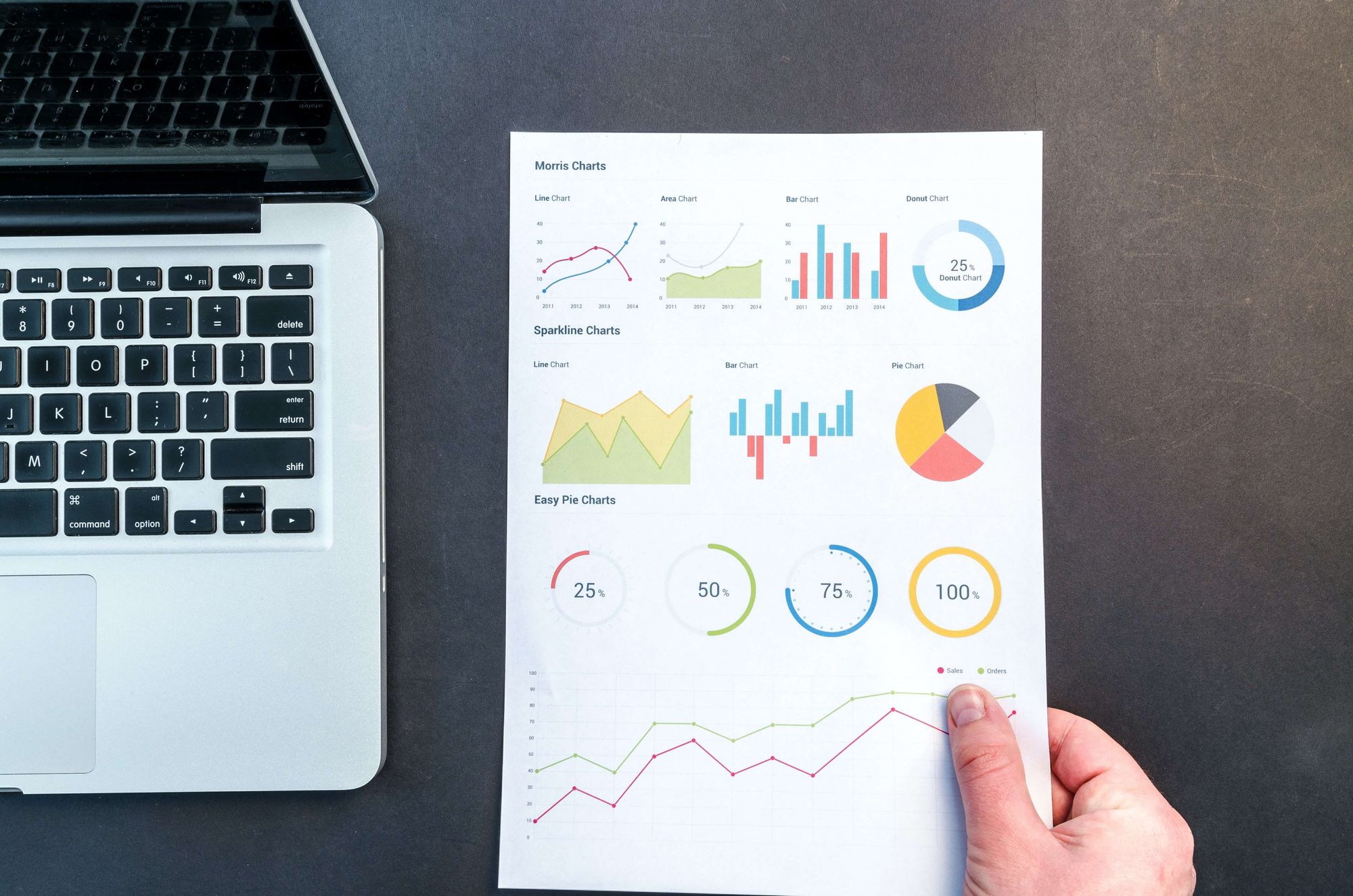Liam Boyle, Data Analyst at Future Beauty Labs, shared his expert tips and advice for creating compelling stories with financial data as part of our 'Storytelling with Data Visualization' playbook:
The old adage that a picture paints a thousand words is very true when it comes to data visualization, except in this case, it could be a thousand megabytes.
It’s all about portraying information in a digestible and actionable form. Some do’s and don’ts when it comes to building visualizations and being an effective data journalist (or data visualization expert) include:
1. Know your audience
As a data storyteller in finance (or any industry), you need to produce visualizations that’ll work for all stakeholders and give them what they need.
Understand that some users will only want to see the high-level numbers, but others will like the ability to “drill down” into certain aspects and learn more.
One simple option for creating hierarchies in the story is to utilize bookmarks and links to further visuals to allow users to jump from one visual/report to the next. It’s also paramount to be aware of sensitive data and the audience who will have access.
2. Set clear objectives
Just like every project, be clear about the aims and objectives of your stakeholders. What are they trying to achieve and what answers do they need from the data?
3. Adopt an agile approach to building dashboards and reports
Check in often that what you’re building is telling the right story. Don’t fall into the trap of “cherry picking” data for the purpose of meeting a milestone or making a visual work.
4. Name your visuals appropriately
Simple descriptive headings can give all the context a user might need for what a visual is portraying.
On the topic of text, I’ve always found it better to use simple fonts, e.g. Sans, and keep headings to a consistent size.

5. Be wary of showing “too much”
TMI can lead to TL;DR which defeats the purpose of data visualization. If your visuals or legends are being truncated, you’re probably trying to show too much and should consider a different visual or table.
6. Highlight KPIs
When utilizing tables, make good use of conditional formatting to highlight KPIs and draw a user’s attention.
7. Don’t over-slice the pie
Much like at the bakery, a pie with too many slices is probably ugly and not quite satisfactory. Avoid using these when there are too many categories.
The same goes for donuts!
The right chart should make the data easier to understand but also present it in the right light to the user. For example, a simple dial chart can be compelling for showing progress toward a goal.

8. Choose colors wisely
When it comes to colors, keep it simple and the palette consistent. For example, if you have used blue to represent gross sales on one visual, don’t use green on another.
Relating back to knowing your audience, be cognizant of any stakeholders who may be color blind. There’s also no need to reinvent the wheel, RAG ratings still work very effectively and are universally known.
9. Use the space available to tell an effective story
Don’t add an extra visual just because you can, rather enlarge the key visuals which give the user the main results they need.
It can also be important to use different perspectives to draw attention to the most important visuals, i.e. the bigger the point, the bigger the visual.
Learn from more data visualization experts inside our playbook
Tired of presenting financial data that falls flat? Frustrated that your insights are lost in a sea of numbers and charts? Worry no more! We've created the ultimate playbook to help you transform your financial data into captivating, persuasive stories.
Discover the essential components of a powerful data narrative and learn how to weave them together to create a story that resonates with your audience.
What's Inside?
✅ A step-by-step guide to crafting compelling data stories
✅ Financial data preparation and cleaning tips
✅ Data visualization expert tips on selecting the right graphs and charts
✅ Best practices for engaging presentations that inspire action
✅ How to build a persuasive argument with financial data




 Follow us on LinkedIn
Follow us on LinkedIn




